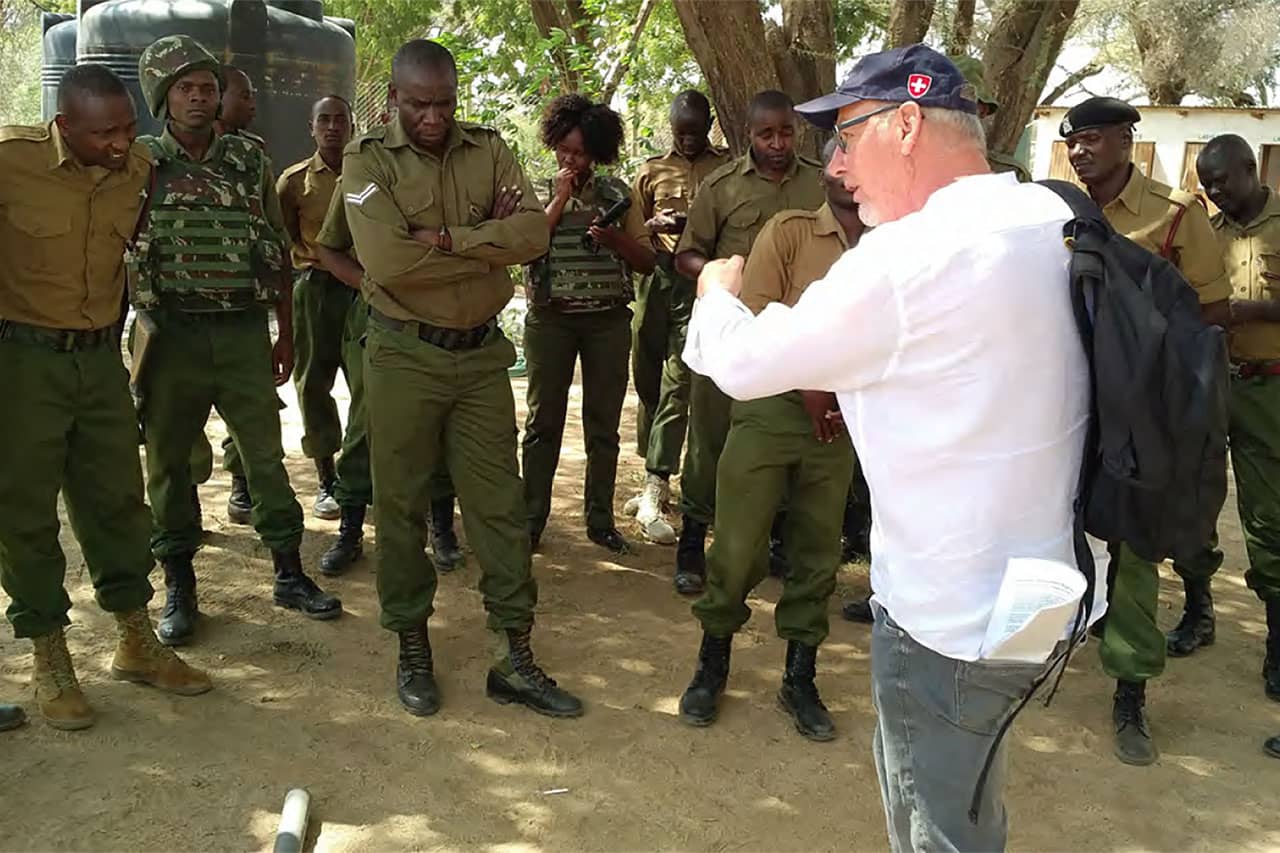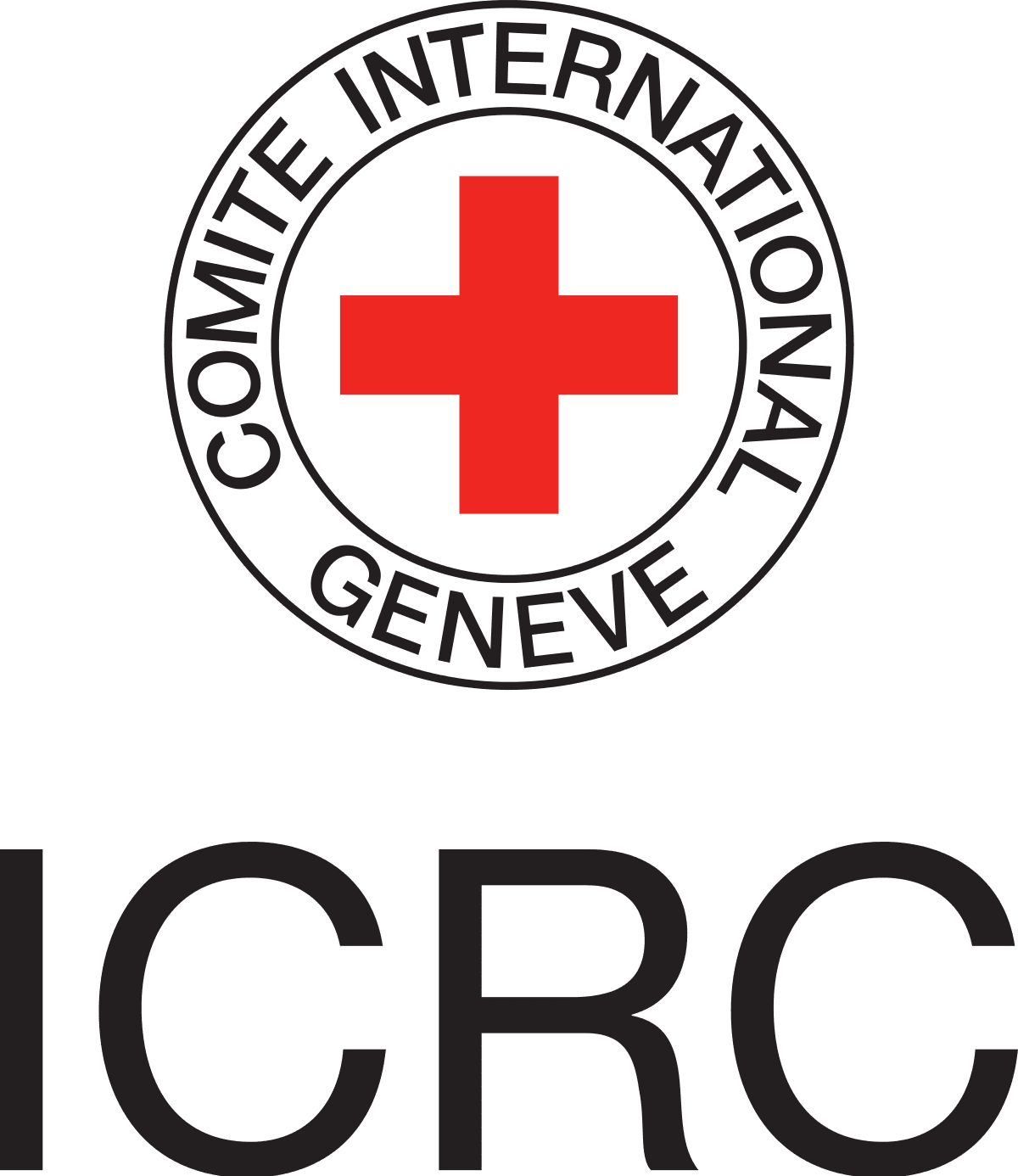Factsheet: Complex Environments

Why is this issue important in relation to effective security and human rights risk mitigation?
As a starting point for any risk assessment and mitigation strategy, companies should analyse the operational context in order to understand the risks to their operations and personnel also the risk of exacerbating conflict and contributing to human rights abuses.
This Toolkit uses the term “complex environments” to capture a range of operational contexts where social tensions or armed conflicts occur and where governance and the rule of law are weak or serving narrow interests. The term incorporates the following concepts:
- Conflict-affected and high-risk areas (CAHRAs): ‘CAHRAS are identified by the presence of armed conflict, widespread violence or other risks of harm to people. Armed conflict may take a variety of forms, such as a conflict of international or non-international character, which may involve two or more states, or may consist of wars of liberation, or insurgencies, civil wars, etc. High-risk areas may include areas of political instability or repression, institutional weakness, insecurity, collapse of civil infrastructure and wide-spread violence. Such areas are often characterized by widespread human rights abuses and violations of national or international law.’[1] Recently, the European Union’s Conflict Minerals Regulation has been requiring EU companies importing tin, tantalum, tungsten and gold from CAHRAs to conduct heightened due diligence. A list of CAHRAs has been developed for the European Union and is available here.
- Armed conflict situations: Regions or countries experiencing international armed conflicts, (opposing two or more States), and/or non-international armed conflicts, (between governmental forces and non-governmental armed groups, or between such groups only).
- Fragile and conflict-affected States/settings: States/settings in which the political environment is extremely polarised and divided due to a lack of trust among political actors. This lack of trust often has its origins in violent conflict.
- Fragile/weak/failed states: Political and social scientists use a range of terms to describe countries with weak rule of law and governance.
Complex environments: What should companies do?
Keep in mind that categorizing an operational environment may at times be challenging. The operational environment can change quickly, it may include different levels of complexity and spill overs of conflict or violence can occur from one region to another.
Implement increased duty of care and heightened human rights due diligence according to the security context. Security incidents, violations of international law, human rights abuses, and company-community conflicts are far more likely in complex environments. If unprepared, companies and their security providers will potentially aggravate the situation.
In particular:
- Ensure open and transparent communication, early and meaningful engagement with community members.
- Implement a conflict risk analysis and mitigations strategies to monitor complex environments for signs or warnings of armed conflict.
- Comply with international humanitarian law (IHL) when a situation develops into an armed conflict.
- Participate actively in in-country working groups on business, security and human rights (such as Voluntary Principles Working Groups) which may also have regional chapters.
- Implement and promote a company grievance mechanism and ensure its availability to all community members.
- Consider stopping the investment in existing projects, expansion, or new projects, in a certain region/area according to the complexity of the security environment.
- In the exit strategy of the company, take into account sudden changes in security risks, especially if there is a situation of armed conflict or the presence/actions of the company or its security personnel contributes to human rights abuses. Companies could develop contingency plans for responsibly pausing operations, evacuating staff, ensuring the safety of community members (see: Responsible exit).
Example of Good Practices:
Despite operating in an area without any ongoing armed conflicts, an infrastructure company in southern Europe considered the broad and changing conflict context of the region in its risk identification. As a result, it developed a set of scenarios, each more serious than the last, and measures that would correspond to the level and type of risk identified, based on the Voluntary Principles on Security and Human Rights.
A mining company operating in a country experiencing significant levels of social unrest used practical guidance from International Alert’s conflict-sensitive business practices to gain insight into the pre-existing conflict and to understand how the company might exacerbate existing tensions. This presents a more accurate view that while company actions have a bearing on the conflict, there are also pre-existing factors at play beyond their control.
Source: Human Rights Due Diligence in Conflict Affected Settings: Guidance for Extractive Industries (International Alert, 2018)
Resources:
- Business, Human Rights, and Conflict-Affected Regions: Toward Heightened Action (UN Working Group 2020)
- Regulation (EU) 2017/821 of the European Parliament and Council of 17 May 2017 laying down supply chain due diligence obligations for Union Importers of tin, tantalum and tungsten, their ores, and gold originating from conflict-affected and high-risk area (EU 2017)
- Due Diligence Guidance for Responsible Supply Chains of Minerals from Conflict-Affected and High Risk Areas, Third Edition (OECD 2016)
On determining risk factors:
- UN Framework of Analysis for Atrocity Crimes : A Tool for Prevention (UN 2014)
- Commission Recommendation 2018/1149 on non-binding guidelines for identification of conflict-affected and high0risk areas and other supply chain risks under Regulation (EU) 2017/821report on supply chain due diligence (EU 2018)
- Research on Company-Community conflict (International Council on Mining and Metals 2015)
On investing in fragile states:
- Responsible Investment in Fragile Contexts (World Economic Forum 2016)
- Fragile States: Briefing Paper (Amnesty International)
- International Peace Information Service Conflict Mapping Tools and Database (IPIS)
On human rights considerations when deciding to exit:
Footnotes
1 This concept was originally defined in the OECD Due Diligence Guidance for Responsible Mineral Supply Chains in 2016.
This fact sheet on security and human rights in complex environments provides insight on heightened risks around contributing to human rights abuses and exacerbating conflict in difficult operating contexts.
In June 2022, the Geneva Centre for Security Sector Governance (DCAF), the International Committee of the Red Cross (ICRC) and the Geneva Centre for Business and Human Rights (GCBHR) will release a new edition of the Toolkit on Addressing Security and Human Rights Challenges in Complex Environments. This fact sheet is a sneak preview of the revamped Toolkit. 
Factsheet: How do complex environments impact responsible security management?
Description
PDF(s)
Resource Type


